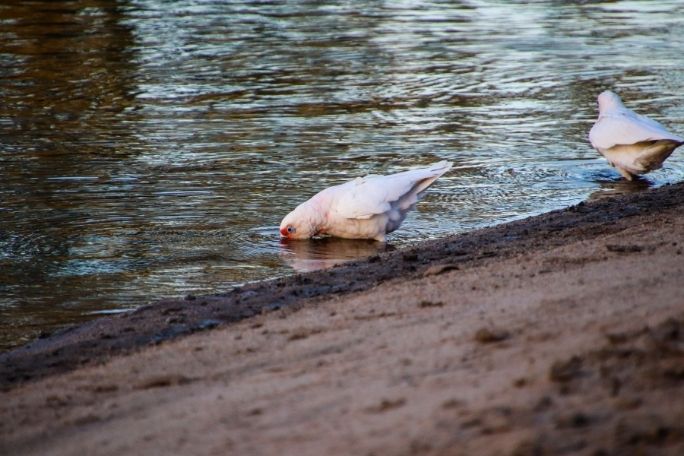Lesson summary
Small groups of students have ten minutes to research what the most common plants and animals are in some of Australia’s most common ecosystems.
Learning intentions:
Students will...
- link ecosystems with plants, animals, physical and climatic features
- build on concepts of species and ecosystem diversity
- use search engines to locate required information efficiently.
Lesson guides and printables
Additional info
This is an original Cool.org lesson. Facts and figures in these lessons may have changed since this lesson was published. We always endeavour to update our resources in a timely manner, but if you see an error or issue in our resources please get in touch with us.


Welcome back!
Don't have an account yet?
Log in with:
By signing up to Cool.org you consent and agree to Cool's privacy policy to
store, manage and process your personal information. To read more, please see
our privacy policy here(Opens in new tab).
Create your free Cool.org account.
Many of our resources are free, with an option to upgrade to Cool+ for premium content.
Already have an account?
Sign up with:
By signing up to Cool.org you consent and agree to Cool's privacy policy to
store, manage and process your personal information. To read more, please see
our privacy policy here(Opens in new tab).